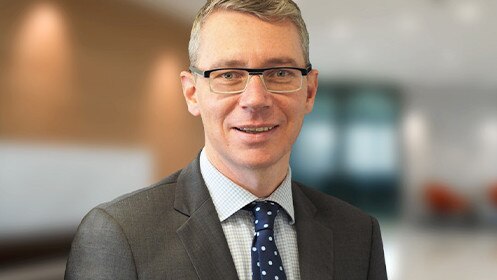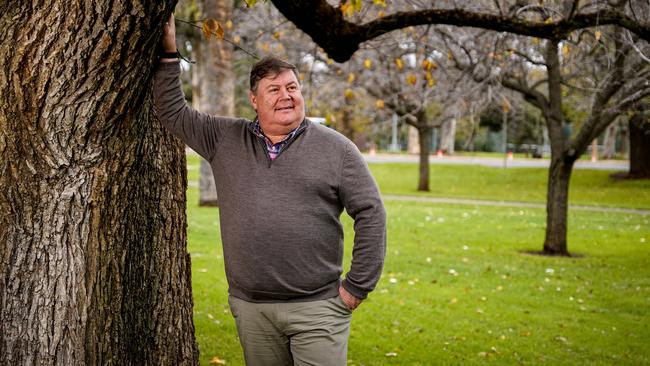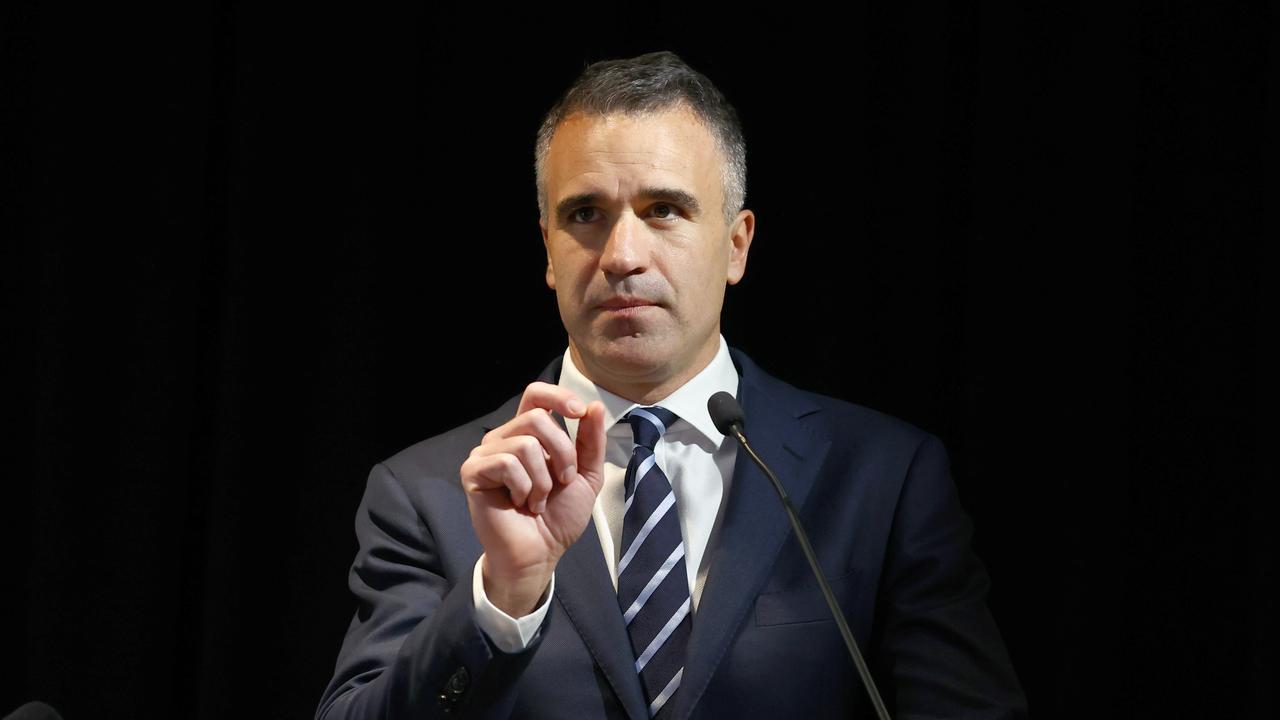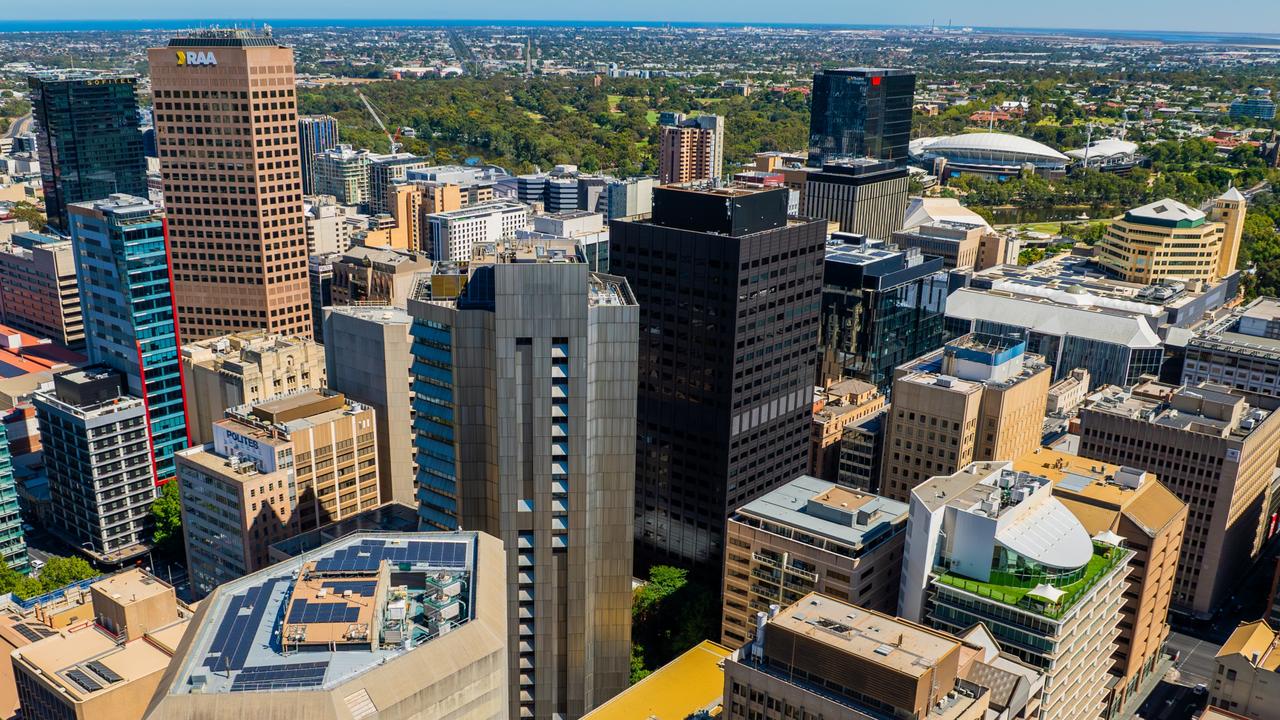Park city push, renewable energy and electric vehicles: SA shows the way in drive to net zero
While world leaders met in Glasgow this month to address the issue of reducing greenhouse gas emissions, South Australia is reinforcing its own status in the drive to a net zero future
Future Adelaide
Don't miss out on the headlines from Future Adelaide. Followed categories will be added to My News.
South Australia’s future is looking increasingly green.
As Adelaide continues its push to become officially recognised as the world’s second National Park City – a beating metropolis where people enjoy a nature-connected lifestyle – the state has reinforced its leadership in reducing greenhouse gas emissions.
While world leaders met in Glasgow this month to seek common ground in reducing net greenhouse gas emissions, South Australia has committed to enshrining its own carbon targets in legislation, outlining plans to reduce emissions by 50 per cent by 2030 and to net zero two decades later.
The development of the $2.3 billion electricity interconnector between South Australia and New South Wales will be a key enabler towards SA’s drive to net zero, while the state is also establishing a world class renewable hydrogen industry for domestic use and export, complementing its rich mix of solar and wind resources
South Australia is also driving a range of other initiatives such as accelerating the uptake of electric vehicles – signing a global COP26 declaration for 100 per cent zero emission vehicles – storing carbon in land and coastal environments and innovative waste management.
Adelaide-based industry analysts from two leading global professional services firms are quick to highlight the state’s green credentials.
“Without a doubt, South Australia is one of the most advanced renewables jurisdictions on the planet,” says KPMG national power and utilities sector leader Dr Matt Pearce.

“Along with Denmark, we have one of the highest penetration of variable renewables in our energy mix. We are one of the only jurisdictions in the world to have been 100 per cent powered by wind and solar for a period of time ... and for a large grid, we really are pioneering a whole lot of work that includes installing – at the time – the world’s biggest battery, commissioning Australia’s largest hydrogen electrolyser and feeding that into gas networks, home battery schemes and virtual power plants.
“So we really are pioneering in Australia – and pioneering globally.”
Dr Pearce says a combination of factors have enabled SA’s “world-leading” position.
“One is that the class of our wind and solar resources is world class, and those resources are located relatively close to centres of demand and potential export locations.
“Along with those wind and solar resources, we have also had – for a long period of time now – bipartisan political support for progressing the energy transition, strong support from the relevant government departments and a professional public sector who have developed some important initiatives to keep the transition going.”

Dr Pearce’s sentiments are echoed by Fiona Hancock, Ernst & Young’s Climate Change and Sustainability Services director, who says enabling the renewable energy uptake has been crucial to the state’s success.
“Sixty two per cent of the state’s electricity came from wind and solar in the past 12 months,” she says. “40 per cent of South Australian homes have rooftop solar, originally incentivised by the national Renewable Energy Target and the SA rooftop solar feed-in tariff, but more recent initiatives such as the Home Battery Scheme are continuing to facilitate the transition.”
More than 27,000 home batteries are installed or approved for installation, with South Australia boasting 30 per cent of all home batteries already in place in Australia.
“South Australia has also been a leader in innovative waste policies and initiatives such as the phase-out of single-use plastics – and is continuing to make advances towards a more circular economy.”

Hancock says SA’s “abundance of renewable energy resources” has the state well placed to focus on its stated ambition of net zero by 2050.
“Initiatives such as the new transmission link with NSW will help enable further uptake of wind and solar, with the grid likely to be net 100 per cent renewables by 2030,” she says.
As the largest source of emissions in the state, its is important that transport is a key focus, Hancock says.
“SA has the opportunity to lead the transition to low carbon transport by investing in the uptake of electric vehicles, and incentivising a modal shift to public and active transport,” she says. “Electric vehicles and plug-in hybrids still represent less than one per cent of cars sold in South Australia, compared with 90 per cent in countries such as Norway.”
To that end, SA has signed a global COP26 declaration for 100 per cent zero emission vehicles as part of a $41 million EV action plan – aiming to achieve 50 per cent of new car sales as electric by 2030, and having EVs as the default choice by 2035.
“State and local governments have a role to play in reducing barriers for uptake such as investing in key transport corridors with electric vehicle charging infrastructure and procurement of electric vehicles for fleets – but the majority of the emissions abatement potential will come from public behaviour change.”

Meanwhile, Adelaide’s official submission to the International Park City Foundation to be recognised as the world’s official second National Park City – with London the other – is currently being assessed.
Green Adelaide Board Presiding Member Professor Chris Daniels says it will be an important recognition for South Australia and help build connections between people and nature.
“The status would bring global recognition for Adelaide’s environment, attract visitors and enable more investment and interest in nature-based tourism, as well as attract more funding for innovative environmental projects,” he says. “Most importantly, it will help bring people and nature closer together and lead to great benefits for the environmental health of our city.”
Daniels says Green Adelaide’s vision is to create a cooler, greener, wilder and climate-resilient Adelaide that celebrates its unique culture.
Aside from the National Park City push, other “iconic on-ground projects” which exemplify the Green Adelaide ideal include “rewilding natural urban places, igniting Kaurna culture and greening streets and backyards”.


